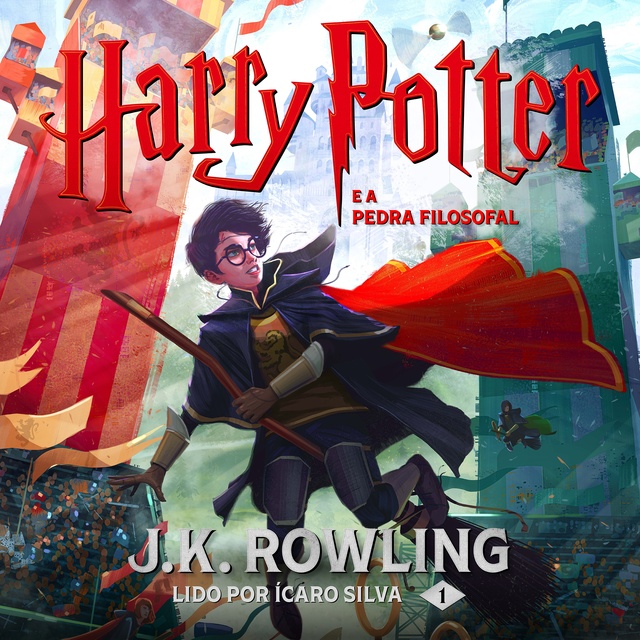
without taking the source text into consideration, in order to analyse the use of language in the target texts. First of all, both translation are analysed as independent texts, i.e. In the detailed analysis, one chapter, named “Diagon Alley” in the original book, and the translations of that chapter, are examined. The translations are analysed in three different ways, using various translation theories. In this paper the Portuguese translation – Harry Potter e a Pedra Filosofal, translated into Portuguese by Isabel Fraga – with the Dutch translation – Harry Potter en de Steen der Wijzen, translated into Dutch by Wiebe Buddingh' – of Harry Potter and the Philosopher's Stone, the first book in the series, are compared. As the books create a large number of problems for translators, it can be very interesting to compare the ways in which different translators resolve these issues.

It goes without saying that the popularity of Rowling's books in countries where English is not the native language, is in part due to the work of the respective translators.

The books appeal to people of all ages, not only because of the stories, but also as a result of the magical world created by the author and the creative manner in which she uses language. Rowling's books about the adventures of Harry Potter, and the subsequent films and computer games, are an enormous success all over the world and in many countries have become part of modern culture.


 0 kommentar(er)
0 kommentar(er)
